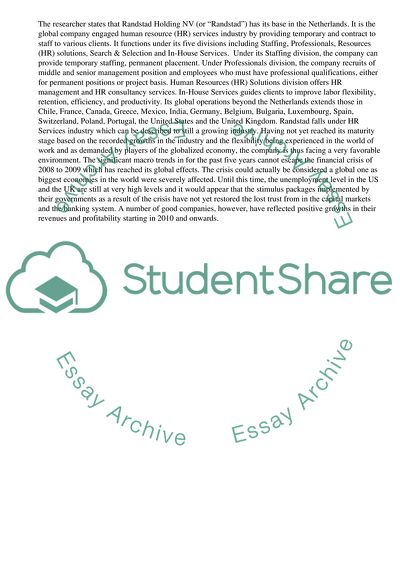Cite this document
(“The utility of strategic plans in effecting strategic change for Essay”, n.d.)
Retrieved from https://studentshare.org/business/1581638-strategic-marketing-planning
Retrieved from https://studentshare.org/business/1581638-strategic-marketing-planning
(The Utility of Strategic Plans in Effecting Strategic Change for Essay)
https://studentshare.org/business/1581638-strategic-marketing-planning.
https://studentshare.org/business/1581638-strategic-marketing-planning.
“The Utility of Strategic Plans in Effecting Strategic Change for Essay”, n.d. https://studentshare.org/business/1581638-strategic-marketing-planning.


